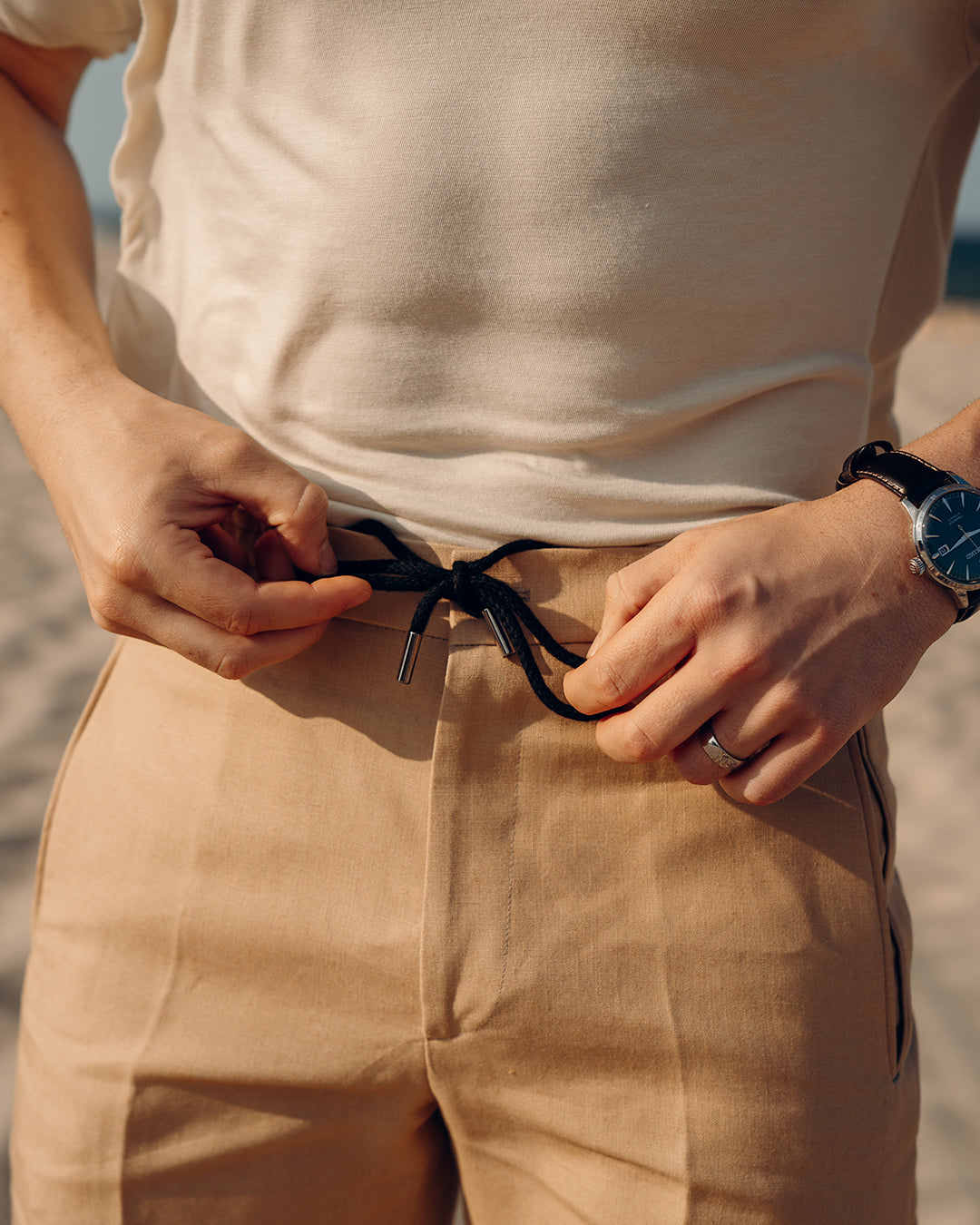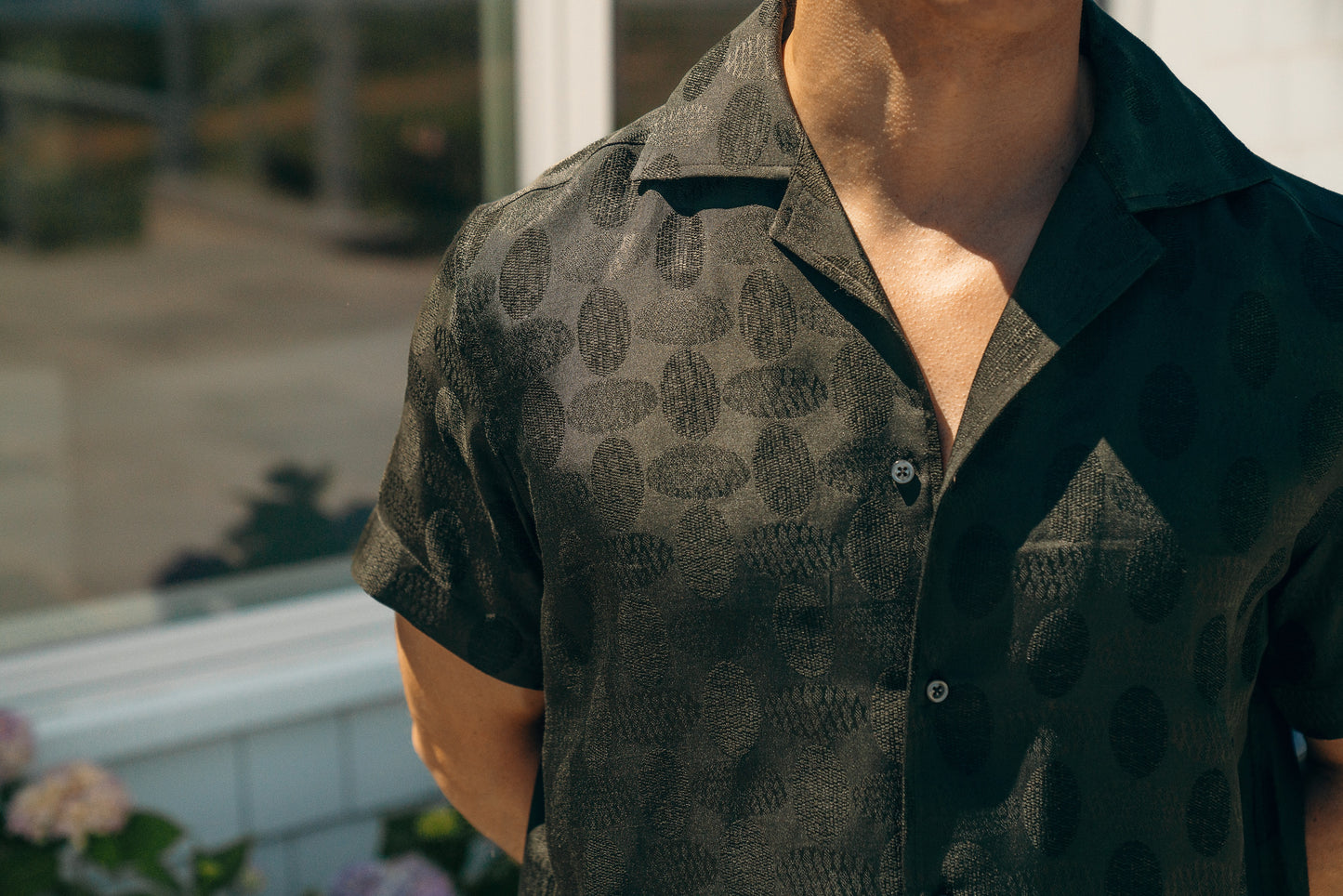Figuring out your size is not as hard as you think. The key to figuring out your size is to know your "actual" measurements because there is no standard for size charts. In fact there isn't even a standard for the math used. This means only your "actual" chest size can be used to confirm the best fit.
If you use centimeters, those don't convert into inches and vice versa. This is why it's important to use your "actual measurements". Your "actual" measurements are your true measurements taken by a tape measure. The math doesn't lie. In fact, most of the time it hurts. I will get into vanity sizing and other forms of measurements later. For now let's just talk about the math and the -/+ margins of error.
Once you get your "actual" chest size you will then be able to figure out your best fitting "shirt size". "Actual size" and "shirt size" are not always the same.
For tee-shirts take your BEST fitting tee and lay it flat. Get your tape measure. Take the tee and lay it flat and even. Measure one inch or 2.5cm below the arm pit seam. Measure straight across to the opposite seam, holding the tape firmly. That number is called your 1/2 chest measurement. You will want to double that number. That number doubled is your "shirt size".
*If you don't have a nice fitting tee the best thing to do is go off the one you do have and add or subtract however much you think is ideal.
After you have found your ideal size, use the size chart ( any designer depending on who you are buying from) as a reference to figure out what your size will be.
Here is an example.
Your best fitting tee measures 20 inches , 1 inch below the arm pit seam across to the opposite seam. You double that number 20 +20 = 40. Go to whatever size chart you want to look at and see what size is closest to 40.
Here is another example in centimeters.
Your best fitting tee measures 50cm, 2.5cm below the arm pit seam across to the opposite seam. Go to whatever size chart and that's your size. easy peasy.
Here are some exceptions that happen often. If one brand measures in inches but their products are designed in cm. This happens to WvG a lot. Our American factories use inches and our international factories use cm. In this case just stick to what's closest.
Why is this? The reasons are simple but the results make you want to rip out your hair. The size charts are set with a particular number it could be 20 inches for a medium and 21 inches for a large. If this is the case, why don't your tees measure to the chart every single time. The answer is because pattern allowance, fabric weights, shrinkage, and other factors play into account for the overall finished garment every single time a garment is made. You can use the same lot of cotton but 4 or 5 rolls might shrink differently them the rest of the lot. It's very possible that in the dye process the fabric shrinks differently. The goal for designers is to keep the garment as close to the size chart as possible.
The design of the garment can also throw you the consumer for a loop when trying to figure out your size. If the designer makes an over sized tee for example its hard for you to look at a size chart and figure out what your shirt size will actually be. If your best fitting tee is 20inches and the size chart says 22 you may want to size down. This leads me to my next point......
Personal preference is HUGE when it comes to you wearing your clothing. A designer has a vision of how a garment should be worn(Let's go back to the over sized tee). The designer wants you to wear the tee oversized. Does this mean you have to wear it like it's designed? No, you can wear whatever you want however you want. Just don't get upset at the designer for making an oversized tee and you want it to be fitted, because it's possible that tee just won't be for you. Just remember the size chart for the oversized tee is meant to be oversized.
A rule of thumb is always a good thing to go by. Unfortunately, regardless of the brand there are ALWAYS exceptions, hence rule of thumb. ALL of WvG tee patterns are based of the same fit. It is usually safe to say if you are a medium you should always be a medium despite the measurements on the size chart.
An example is a raglan tee or sweatshirt. The total arm length and chest measurement for a raglan always looks different than a set sleeve. For a lot of people this is confusing. A raglan takes into account the full sleeve length from center back while most of the time a crew neck is take from the shoulder seam to the hem. The chest will have different measurements because the armholes are completely different. There is no way to have the two bodies equal each other even if the desired fit is the same.
Tolerance is the hardest thing for a consumer to understand, especially if the consumer is super picky about the fit of his/her clothing. Unfortunately, because of tolerance there is no way to get a truly ideal consistent fit time after time after time. As a designer, I hear this complaint the most. A customer might have 6 perfectly fitting tees and buys 6 more thinking they will fit or measure exactly like the other 6 and they don't. They could be off by .25 total or .5inches. In the garment industry that is an acceptable tolerance. For you it might not be. That's why a good return policy is important but more importantly don't give up on the brand. It's the fabrics fault not the pattern.
ALL brands have issues with fit whether it's Gucci, Outlier, or Gap. You just need to accept what YOUR tolerance is, compared to the industry tolerance, compared to the size chart offered. If the size chart say a medium is a 40 and your measure a 42 one of two things happened. 1. The shirt is out of spec and you should send it back or 2. It was tagged wrong and you still send it back.
Fabric is the last thing, I will write about before, I sum up. Fabric is a motherfucker no matter what. Knits are worse than wovens because of the knitting process and stretch. Different fabrics will sometimes require different patterns, completely. That in itself can cause headaches. Obliviously, thinner and thicker fabrics shrink differently. They also might require different seam allowances and will most definitely fit differently. A sweatshirt made for a 550gsm fleece that measures 20inches across the chest flat is going to feel tighter than a 250gsm fleece that measures 20inches across the the chest flat. Fabrics also stretch differently. This means the designer might have to narrow the shoulders or increase the shoulders so that when you put on the garment it stretches in away that's the most flattering on you. Stretch confuses most people, you aren't alone.
Always measure your best fitting article of clothing before buying something similar. Example, if you are buying a tee measure your best fitting tee to compare. Read the description of the article of clothing you want to buy. Maybe it's oversized, really long, or really short all by design. A size chart is there as a guide but it's not meant to be taken down to the last millimeter. If your garment is close to the size chart you should be set. Remember, Industry standards allow up to -/+.5 inches for items such as tee shirts. This means your tee that reads 20 inches on the size chart might actually measure 19.75, 20, 20.25, or 20.5. Those are all okay for a designer to sell. If it's not acceptable to you send it back. If he/she says it's "true to size" based of their size chart then more than likely it's true to size. This is especially important when it comes to fabrics that stretch or are bulky. The size chart might have measurements that throw you off, i.e. a raglan sweatshirt or sweater. Finally, trust your designer. If the brand is worth it's salt and the fit is off you should be able to return it or have it replaced with a size you find acceptable.



